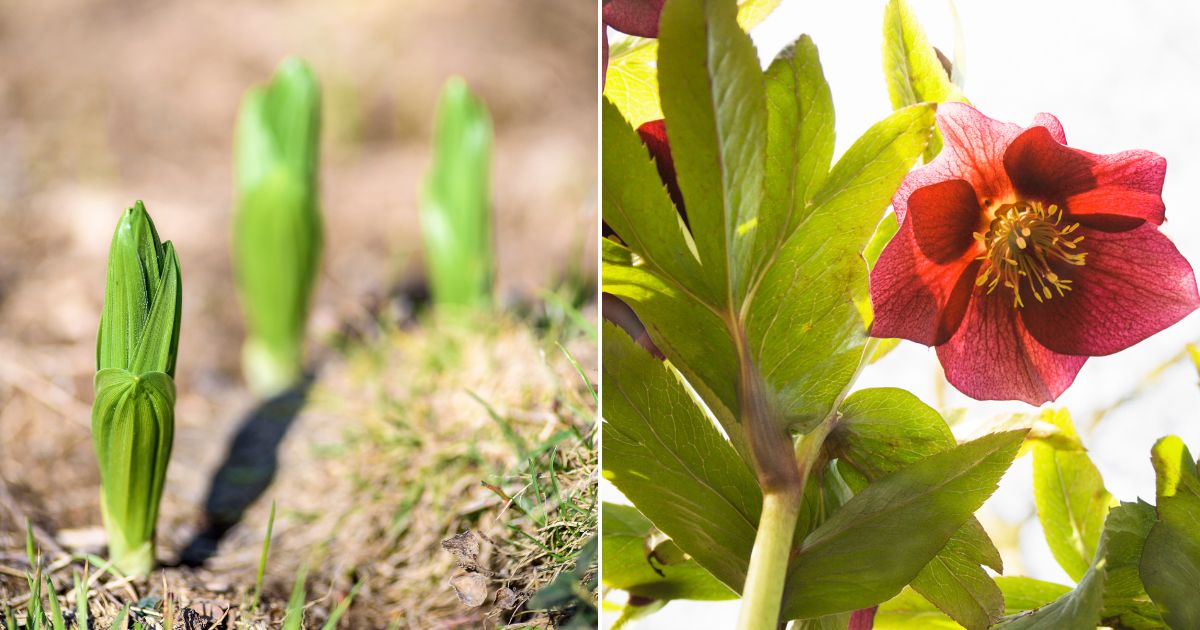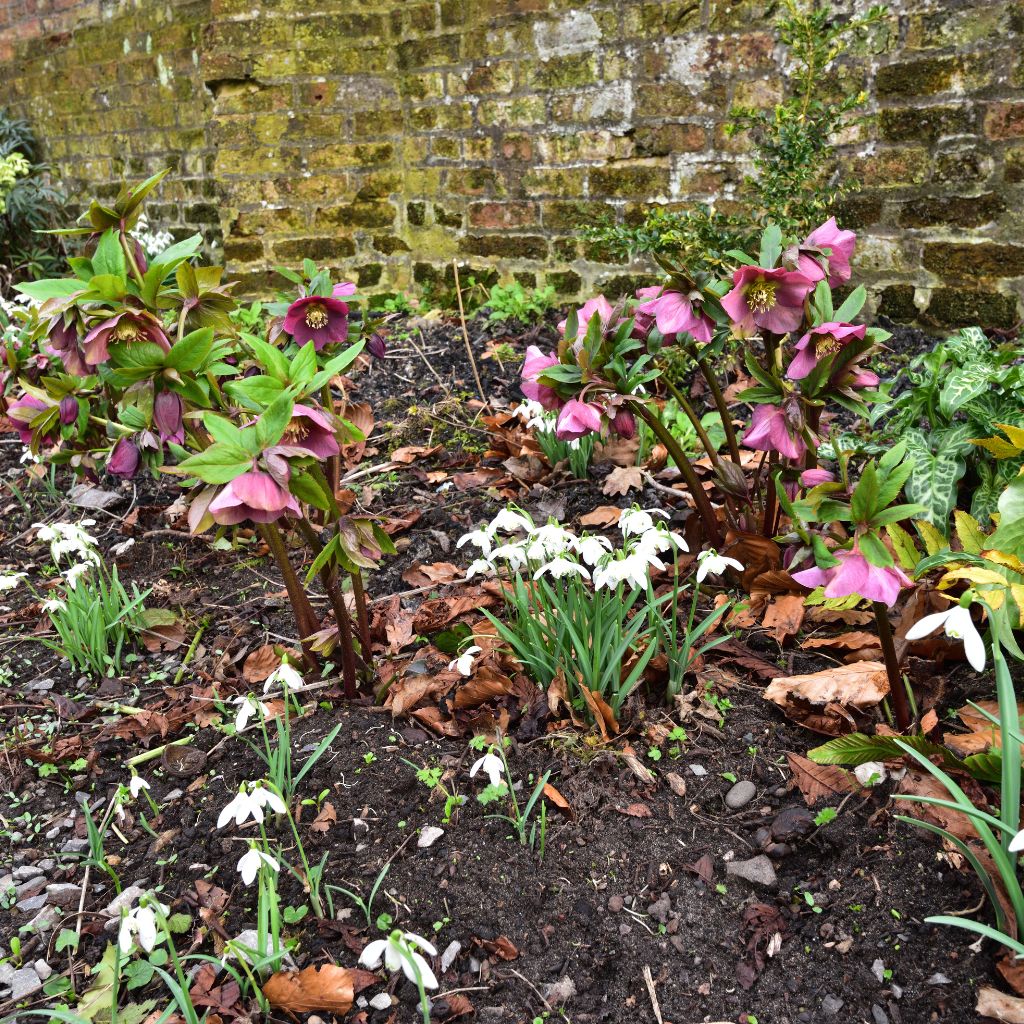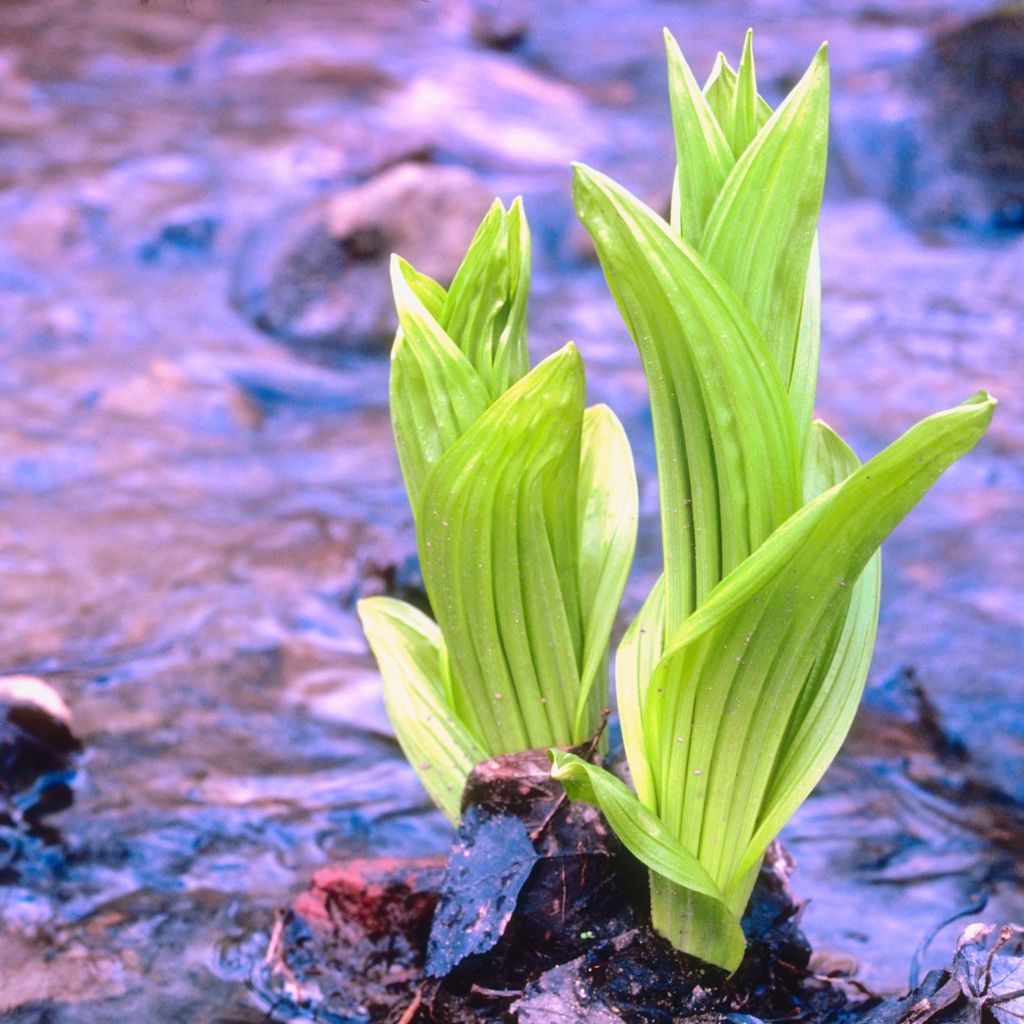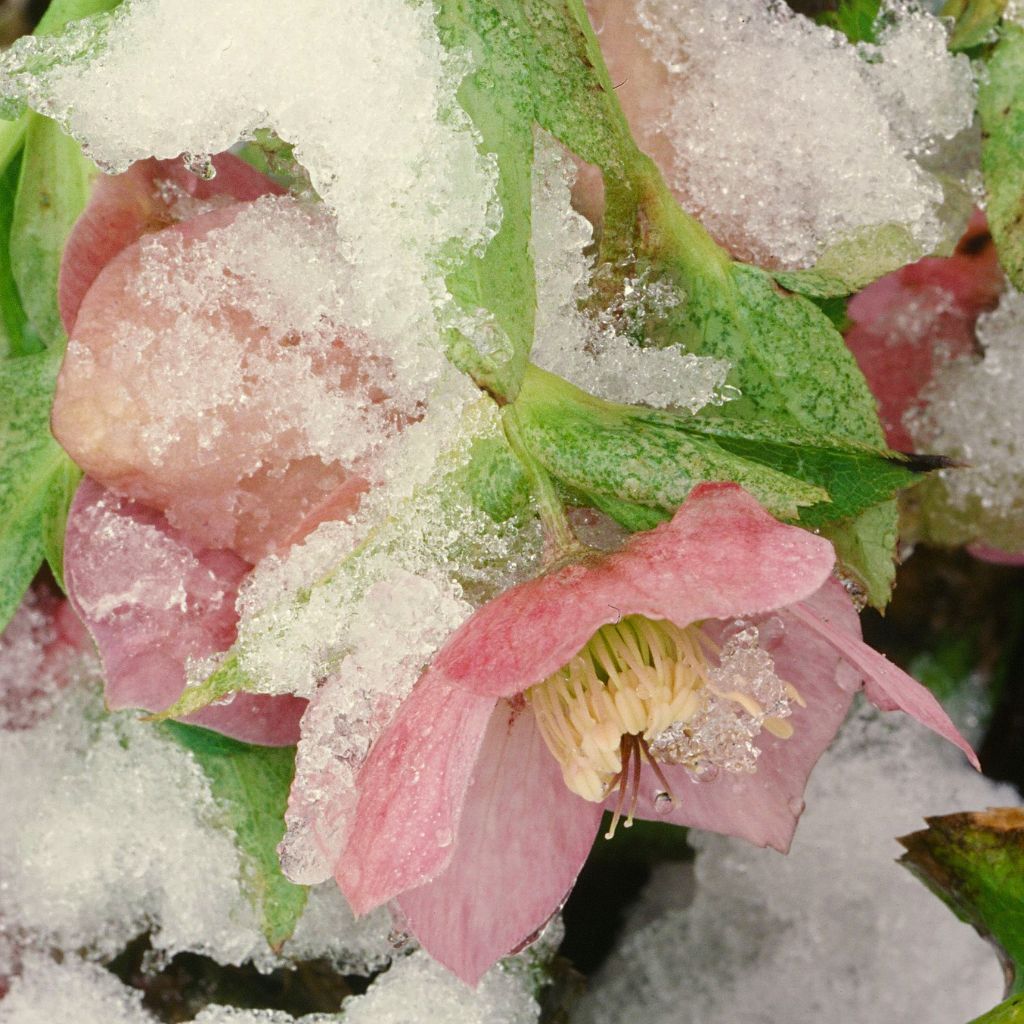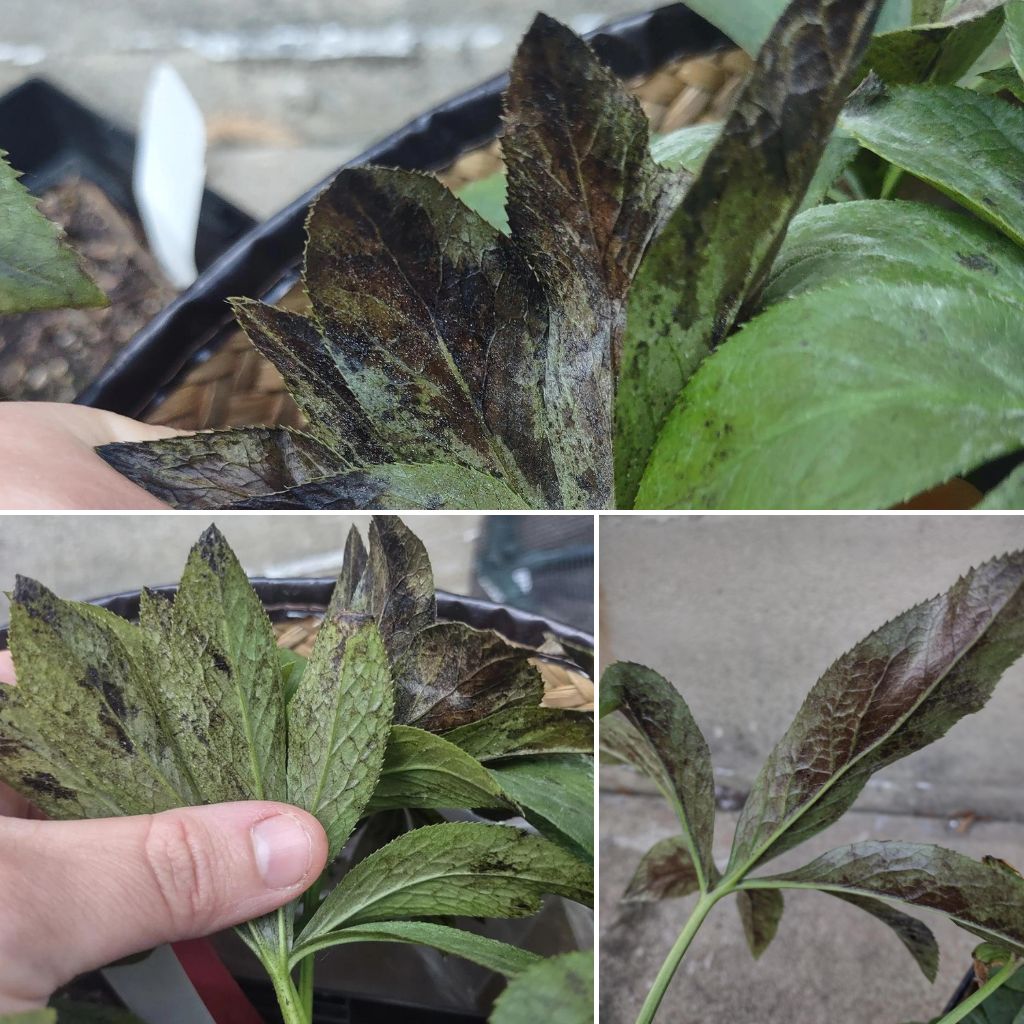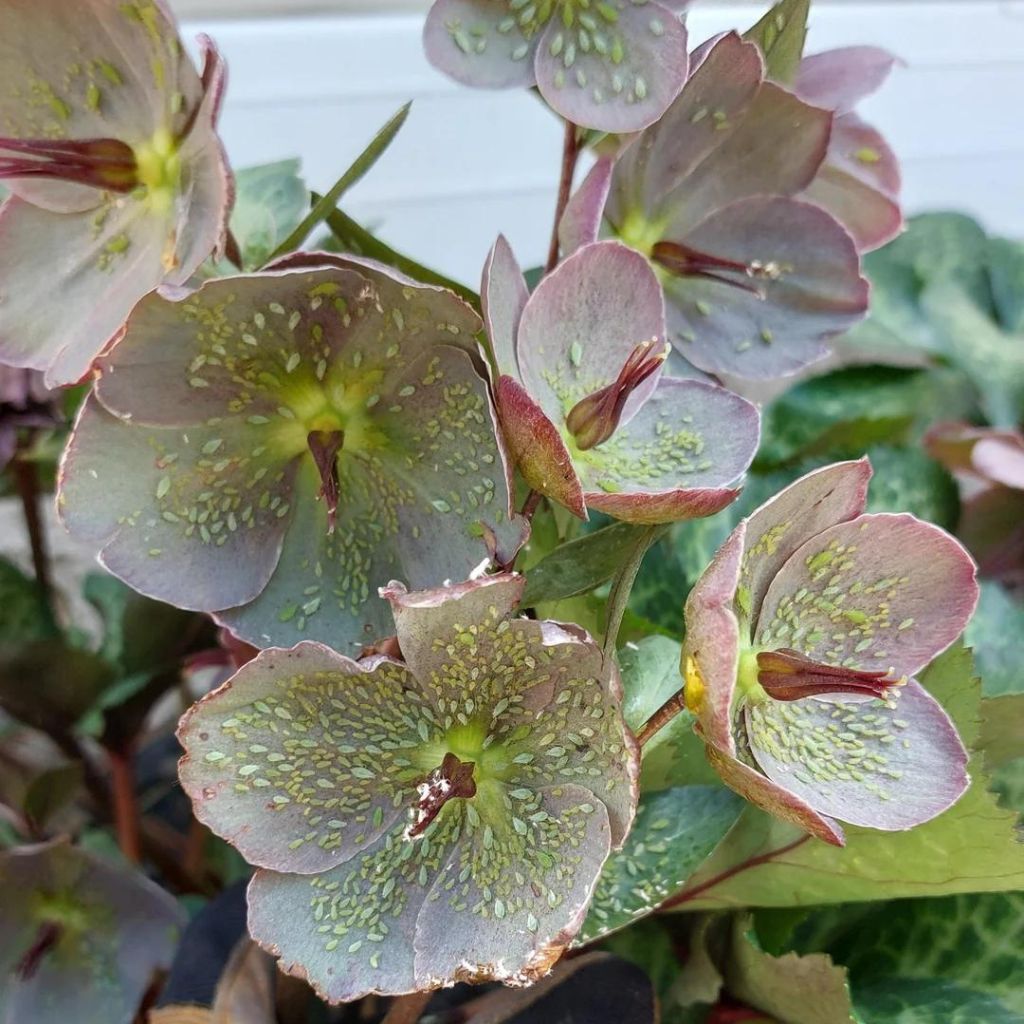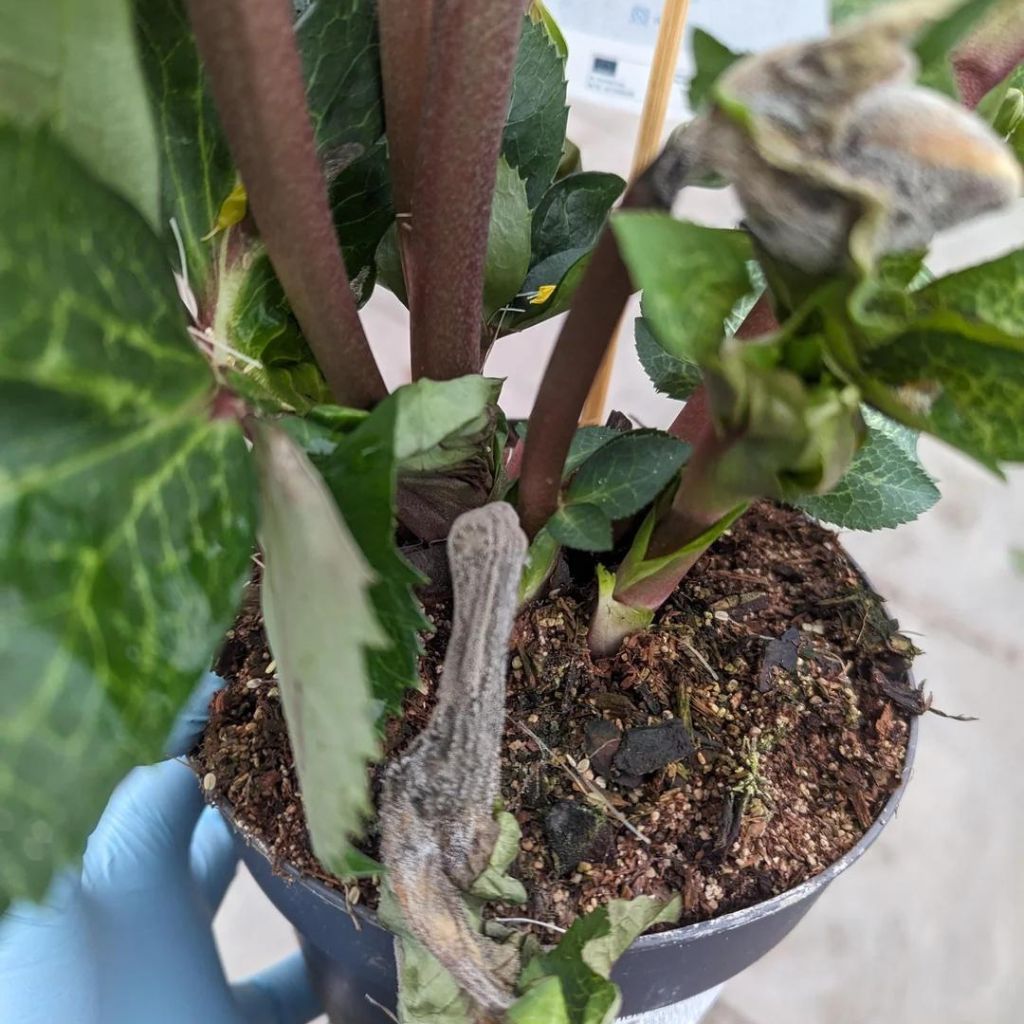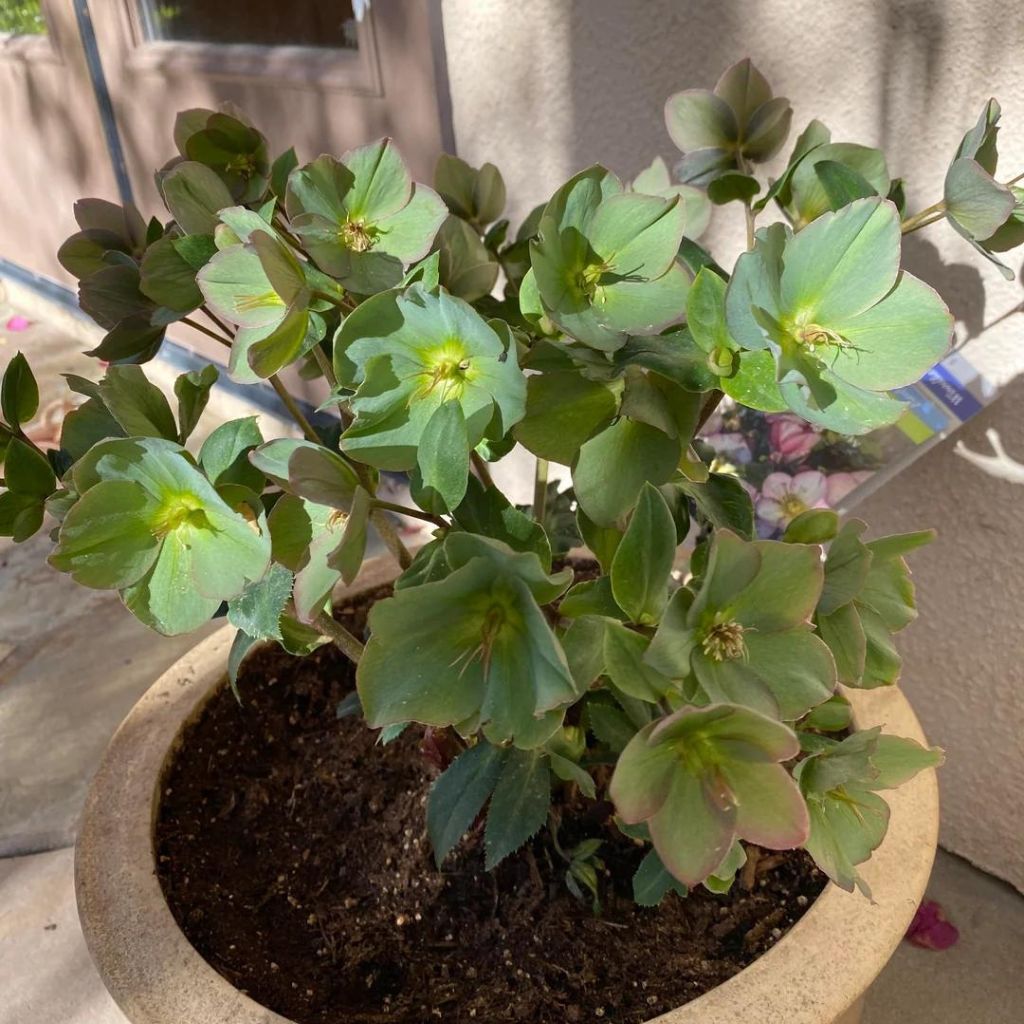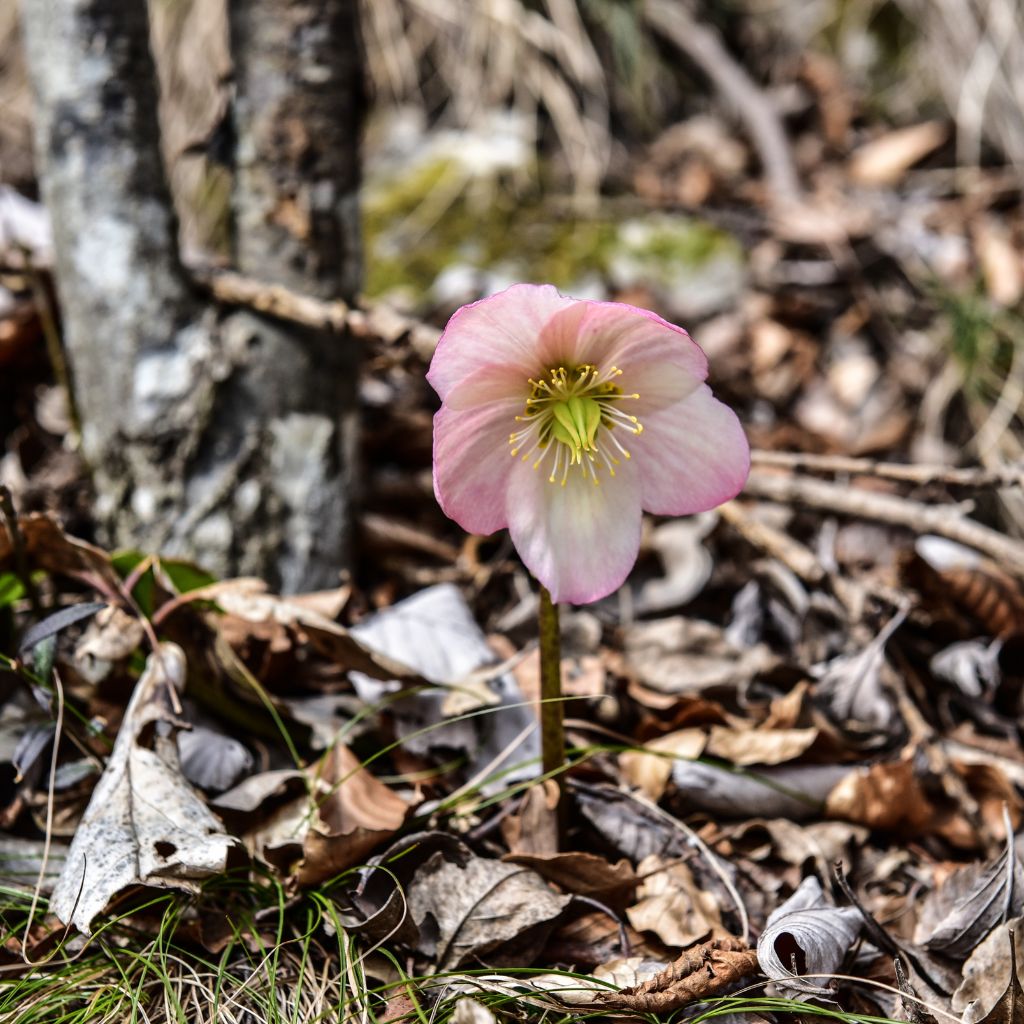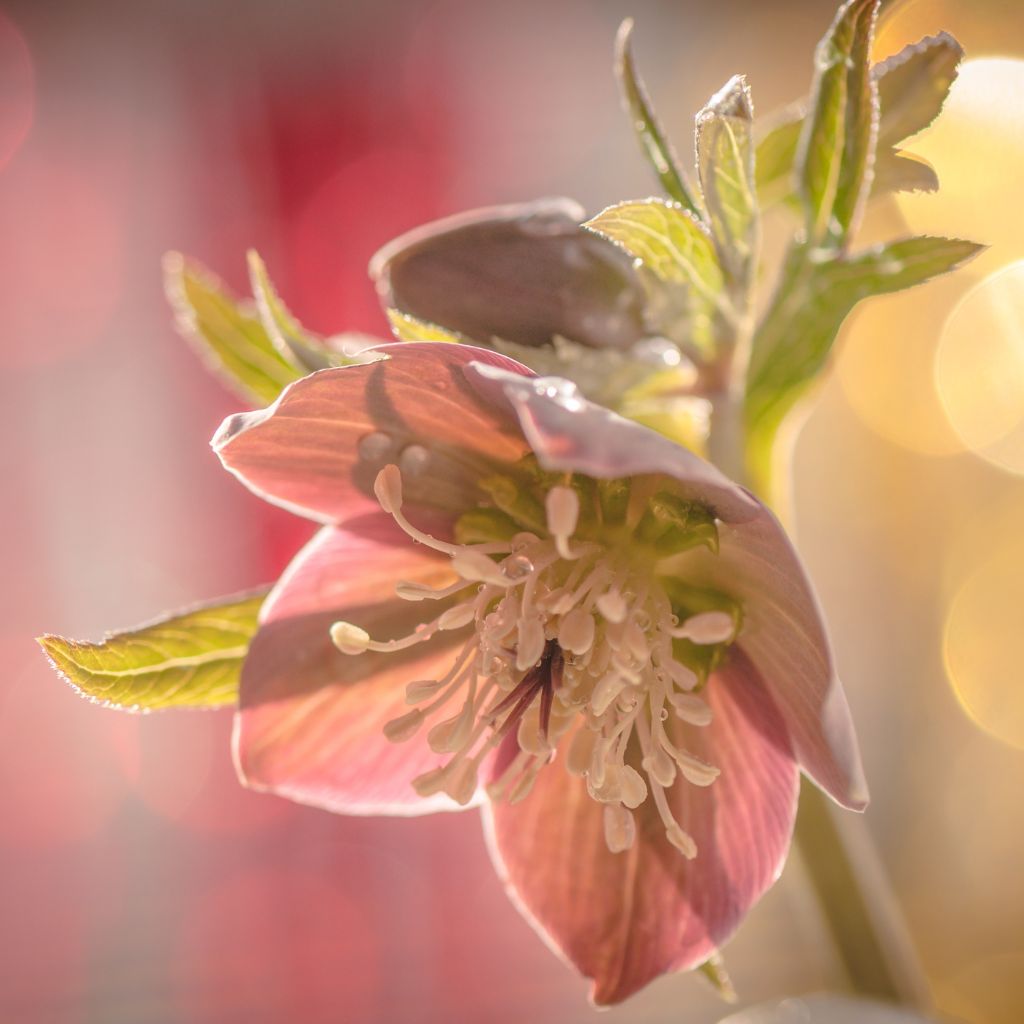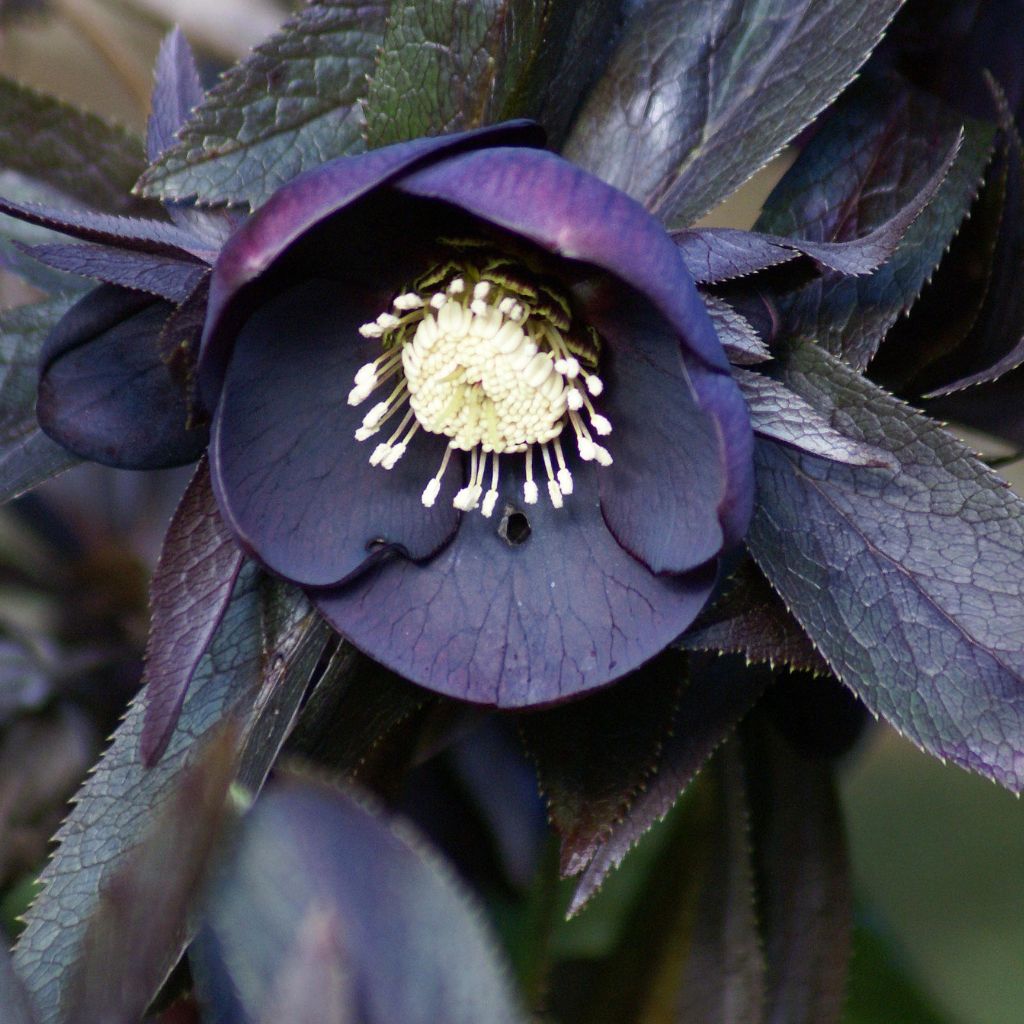Growing hellebores can transform your garden into a winter wonderland filled with beautiful blooms.
To successfully grow and maintain hearty hellebores, you need to provide them with well-drained soil, partial to full shade, and regular watering during dry spells.
These resilient plants are hardy and can thrive in various conditions, making them an excellent choice for any gardener.
Planting hellebores in the right spot will reward you with stunning flowers that can last from late winter into spring.
They are relatively low-maintenance once established, needing only minimal pruning and occasional fertilization. Maintaining a layer of mulch will help retain moisture and keep weeds at bay.
As you cultivate these lovely plants, you’ll appreciate their unique characteristics and suitability for different garden styles. With the right care, hellebores can flourish and offer you years of delightful blooms to enjoy.
Understanding Hellebores
Hellebores are resilient plants admired for their unique beauty and adaptability. They thrive in various environments and offer a long blooming season, making them a favorite among gardeners.
History and Characteristics
Hellebores have a rich history, dating back to ancient times when they were used for medicinal purposes. Native to Europe and parts of Asia, these perennials are often associated with early spring blooms.
You can identify them by their distinctive cup-shaped flowers, which come in various colors, including white, pink, and purple.
Hellebores prefer shaded areas and moist, well-drained soil. They’re hardy in USDA zones 4-9, making them versatile for different climates.
Varieties of Hellebores
There are several popular varieties of hellebores, each with unique features.
Helleborus orientalis is known for its large, showy blooms and comes in a range of colors.
Helleborus niger, or the Christmas rose, produces white flowers that often appear in late winter.
Helleborus foetidus, known as the stinking hellebore, has greenish flowers and a distinctive odor.
These varieties can vary significantly in flower shape and foliage, providing options for diverse garden designs.
Site Selection and Preparation
Choosing the right site for your hellebores is crucial for their healthy growth. Consider factors like light, drainage, and soil type to create an optimal environment for these beautiful plants.
Choosing the Right Location
Hellebores thrive in partial to full shade, making them ideal for woodland gardens or under trees. Choose a location that receives dappled sunlight, as direct sun can scorch the leaves.
Avoid areas where water tends to pool. Good drainage is essential to prevent root rot. If your garden has heavy clay soil, it’s wise to select a slightly elevated area to allow excess moisture to drain away.
Additionally, consider the height and spread of nearby plants. Ensure they won’t overshadow your hellebores, which can hinder their growth and flowering.
Soil Requirements and Amendments
Hellebores prefer rich, well-draining soil that’s slightly alkaline to neutral (pH 6.0 to 7.0). Before planting, it’s beneficial to test your soil’s pH and nutrient levels.
If your soil is lacking, amend it with organic matter like compost or well-rotted manure. This not only improves soil structure but also enhances fertility.
Consider adding lime to raise the pH if your soil is too acidic. Good drainage can be improved by mixing in sand or perlite if necessary.
After amending, allow the soil to settle before planting. This preparation ensures that your hellebores have a strong start in their new home.
Planting Your Hellebores
When planting hellebores, timing and technique are crucial for establishing healthy plants. Focus on choosing the right time of year and employing proper methods for the best results.
Optimal Planting Times
The best time to plant hellebores is in early spring or late summer to early fall. This timing allows them to establish roots before the harsher temperatures of winter or summer.
Key Factors:
Early Spring: Soil is warming up, and moisture levels are often ideal for growth.
Late Summer to Early Fall: Plants receive adequate rainfall and can root before frost.
Avoid planting during the coldest winter months or the peak of summer heat. These extremes can stress the plants and hinder their development.
Planting Techniques
To plant hellebores successfully, follow these steps:
Soil Preparation: Choose well-drained, rich soil. Incorporate compost to boost nutrients.
Digging Holes: Dig a hole twice as wide as the root ball and just deep enough to accommodate the roots.
Positioning: Place the plant in the hole so the top of the root ball is level with the surrounding soil.
Backfill and Water: Gently fill the hole with soil and water thoroughly. Keep the soil moist but not soggy.
Mulching: Add a layer of mulch to retain moisture and protect the roots.
Using these techniques will give your hellebores a great start in your garden.
Caring for Your Hellebores
Proper care for your hellebores ensures vibrant blooms and healthy plants. Focus on watering, feeding, pruning, and preparing them for winter to achieve the best results.
Watering and Feeding
Hellebores prefer consistently moist, well-draining soil. Water them deeply, especially during dry periods, allowing the top inch to dry out between waterings. Avoid soggy conditions, as this can lead to root rot.
For feeding, use a balanced, slow-release fertilizer in early spring. Look for a blend with equal ratios of nitrogen, phosphorus, and potassium, such as 10-10-10. Applying organic compost annually can also boost soil health and promote strong growth.
Pruning and Deadheading
Pruning hellebores helps maintain their shape and encourages new growth. Remove any dead or damaged leaves in late winter, which clears space for the new foliage.
After flowering, deadhead spent blooms to encourage further flowering and prevent self-seeding. Snip the stems at the base of the flower, being careful not to damage emerging leaves.
Winter Care Tips
Hellebores are generally hardy, but they appreciate some winter protection. Apply a layer of mulch around the base to insulate the roots and retain moisture.
In areas with extreme cold, consider covering the plants with evergreen boughs or frost cloth. This adds an extra layer of protection and can prevent frost damage. Remove the covering in early spring to allow sunlight and air circulation.
Propagation and Repotting
Hellebores can be propagated through various methods, and repotting is essential for their health. Knowing the right timing and techniques will help you maintain vibrant plants.
Propagating Hellebores
You can propagate hellebores primarily through seed germination or division of established clumps.
Seed Germination:
- Collect seeds in late summer to autumn after the flowers fade.
- Store seeds in a cool, dry place until spring.
- Sow seed in a seed tray or directly in the garden. Cover lightly with soil.
- Keep the soil moist but not soggy. Germination may take several months.
Division:
- This is best done in early spring or late summer when plants are actively growing.
- Dig up the clump and gently separate the roots. Ensure each division has roots and at least one bud.
- Replant divisions immediately at the same depth they were growing. Water well.
When and How to Repot
Repotting hellebores is typically necessary every 2-3 years or when you notice roots emerging from drainage holes.
Ideal Time:
- Early spring or late summer is best, allowing plants to recover before their next growth phase.
Steps for Repotting:
- Choose a pot that is 1-2 inches larger in diameter than the current one.
- Use a well-draining potting mix, ideally enriched with organic matter.
- Gently remove the plant from its current pot, loosening the roots carefully.
- Place it in the new pot, fill with soil, and water thoroughly to eliminate air pockets.
By following these guidelines, you can ensure your hellebores thrive in their new location.
Pest and Disease Management
Managing pests and diseases is crucial for the health of your hellebores. Identifying common threats and implementing effective control measures will help you maintain robust, thriving plants.
Common Pests and Treatment
Hellebores can attract various pests. The most common include aphids, slugs, and snails.
Aphids: These small, soft-bodied insects can cause leaf curl and stunting. Spray plants with a mixture of water and dish soap to reduce their numbers.
Slugs and Snails: They feed on foliage, creating noticeable holes. Use barriers like copper tape or a ring of diatomaceous earth around the plants, or set out bait traps.
Regularly check your plants for signs of infestation. Early detection allows for easier management and healthier plants.
Disease Prevention and Control
Hellebores can face diseases such as root rot and powdery mildew.
Root Rot: Caused by overwatering, this disease leads to yellowing leaves and wilting. Ensure good drainage by planting in well-draining soil and allow the top inch to dry out before watering again.
Powdery Mildew: This fungal disease appears as a white coating on leaves. Improve air circulation by spacing plants properly and avoiding overhead watering. If it occurs, a fungicide can help manage the spread.
Monitoring your plants and adjusting care practices will effectively minimize disease occurrences.
Seasonal Maintenance Tips
Maintaining your hellebores throughout the year ensures these beautiful plants thrive. Each season presents specific tasks that help enhance their growth and flowering potential.
Spring Care Routine
As spring arrives, it’s time to clean up your hellebores. Remove any dead leaves or debris from around the plants. This helps prevent diseases and promotes airflow.
Next, inspect the soil. Hellebores prefer well-drained, rich soil. Consider adding a balanced, slow-release fertilizer to provide essential nutrients. Aim to fertilize around early spring.
Water your hellebores if rainfall has been sparse. Aim for deep watering about once a week, especially if they are newly established.
Lastly, check for any signs of pests, such as aphids or slugs. If spotted, employ organic pest control methods to keep your plants healthy.
Summer Monitoring
During the summer months, your hellebores require consistent care. First, ensure they are receiving adequate moisture. Watering deeply is essential during dry spells, particularly for young plants.
Mulching around the base with organic material can retain moisture and regulate soil temperature. This helps reduce weed growth, allowing the hellebores to flourish without competition.
Keep an eye out for faded or damaged flowers. Deadheading spent blooms encourages a longer flowering period and keeps the garden looking tidy.
Additionally, monitor for any pests or diseases that may appear. Early detection can make management much easier.
Autumn Preparations
As autumn approaches, it’s time to prepare your hellebores for winter. Start by trimming back any damaged or yellowing foliage. This helps prevent mildew and other diseases.
Consider applying a layer of mulch around the base to protect the roots from frost. Use straw or shredded leaves as effective options.
If your plants are overcrowded, consider propagating or dividing them in the fall. This can promote healthier growth in the spring.
Lastly, check the moisture levels in the soil. Ensure that they aren’t too dry as the weather cools, but avoid waterlogging.
Designing With Hellebores
Incorporating hellebores into your garden design can enhance your landscape with their evergreen foliage and beautiful blooms. Consider both pairings in landscapes and container gardening techniques to maximize their aesthetic appeal.
Landscape Pairings and Combinations
Hellebores thrive in shaded areas, making them perfect for woodland gardens or beneath deciduous trees. Pair them with other shade-loving plants like hostas, ferns, or astilbes for a lush effect.
Color Variations:
- Combine different hellebore varieties for a stunning color palette.
- White, pink, and purple blooms work beautifully together.
Height Consideration:
- Use taller plants, like foxgloves or delphiniums, behind hellebores for added drama.
- Ground covers such as creeping thyme can also complement their height.
This layering technique adds depth and texture, creating a visually cohesive garden space.
Container Gardening with Hellebores
Container gardening allows you to grow hellebores on patios, decks, or even doorsteps. Choose containers that are at least 12 inches deep to accommodate their root systems.
Soil and Drainage:
- Use a well-draining potting mix to prevent waterlogging.
- Consider adding perlite or sand for extra drainage.
Companion Planting:
- Pair hellebores with bulbs like tulips or daffodils for seasonal interest.
- Mix in trailing plants like ivy for a cascading effect.
Regularly check moisture levels and avoid overwatering. With the right care, your containers will offer vibrant displays of hellebores for years to come.
